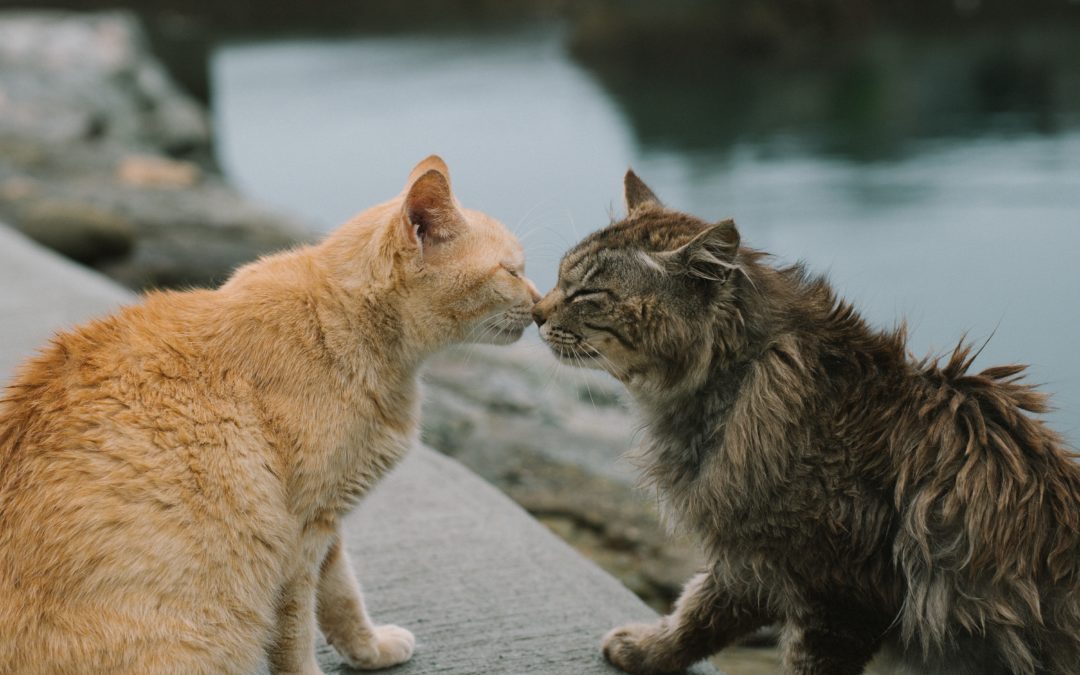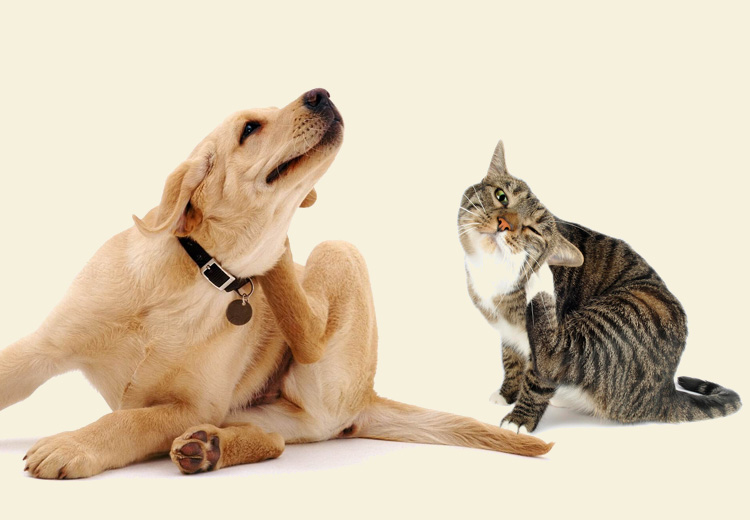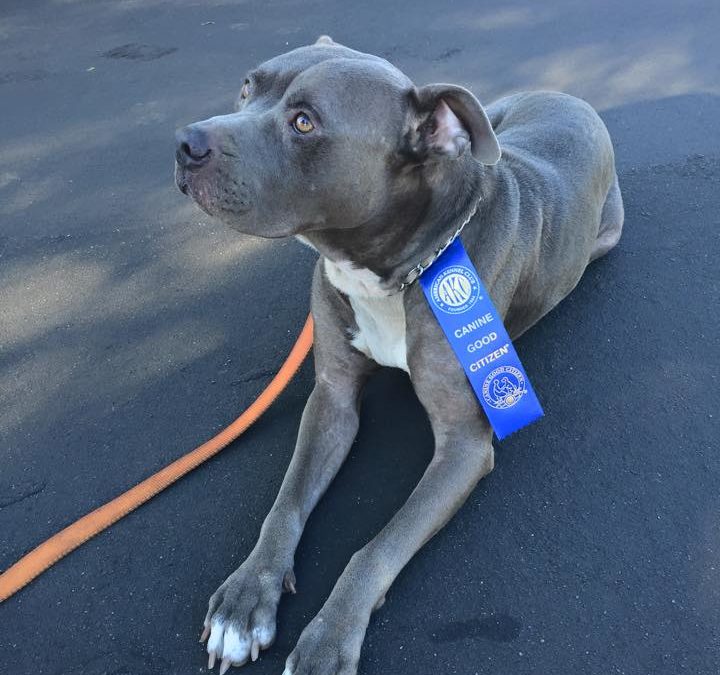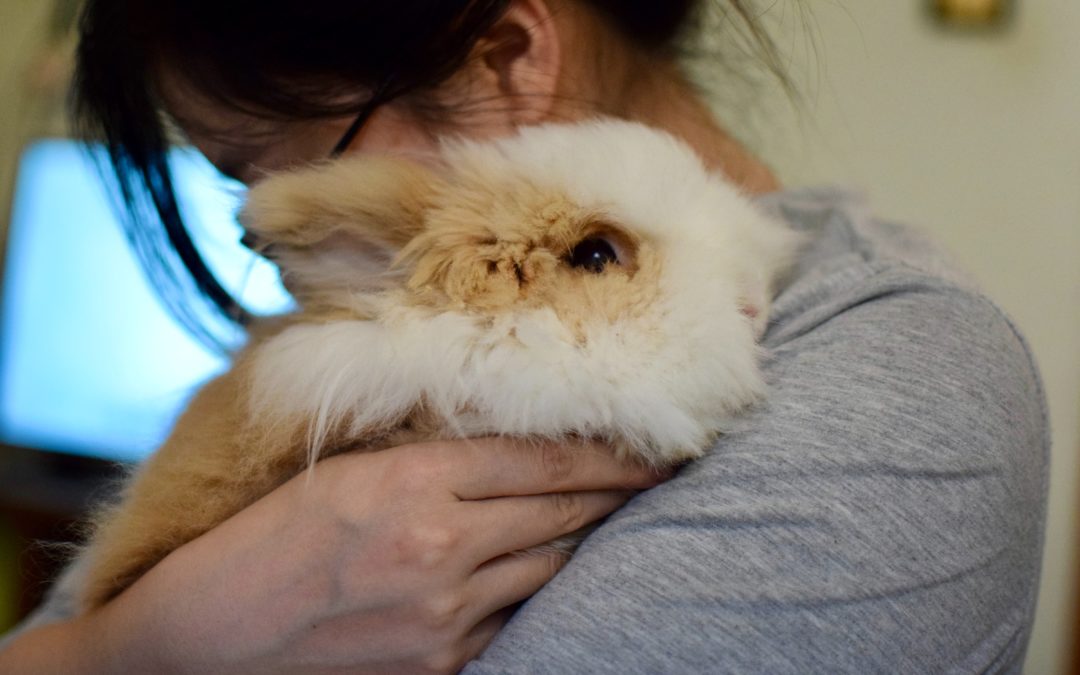
Happy World Cat Day
Happy World Cat Day from all of us at Paw Prints in the Sand! It has been 4,000 years since cats were domesticated and became members of our homes and families. The ancient Egyptians were the first to bring cats into their homes to control pests and vermin. Cats were worshiped and considered gods and goddesses. Harsh penalties and punishments were served to those who harmed or killed a cat.
Cats are still one of the most popular pets in today’s society, not to mention that they are the unofficial emissaries of the Internet, which is why we celebrate them today.
So why do we love our cats?
1. We love their independence
Unlike their canine counterparts, cats don’t constantly crave attention nor do they become disturbed when their humans leave. Cats also don’t look to humans for guidance in unfamiliar situations. Rather, cats prefer to deal with matters on their own.
2. They have a calming effect
Have you ever noticed the calming feeling you get when petting a cat? Not only is a cat’s purring mesmerizing; the tactile feeling when stroking its fur can be meditative. Also, cats more deeply register our tactile presence. Cats can also help release oxytocin, which is associated with the feeling of being in love.
3. They have healing powers
A 10-year research study suggests that cat owners were less likely to die of heart attacks than people who have never owned one. The latter group was 40 percent more likely to die from heart attacks and 30 percent more likely to die from cardiovascular disease. Other studies confirm that cats can lower our blood pressure and release dopamine and serotonin, which reduce stress and improve immune functioning.*
4. They are low-maintenance
Cats are easy pets to own. You don’t need to walk them every few hours. They don’t require bathing or constant attention. Cats are just happy to be near you, and you can go away for the weekend and not worry about hiring a pet sitter (although we always recommend you have someone check on your cat just to be on the safe side). And, they are small and typically allowed in most apartments and rental living situations.
5. Cats are extremely loyal
Everyone equates loyalty to man’s best friend, but cats are extremely loyal companions. They love to be pet and cuddled. If you give a cat a bit of attention, you will get a lot of love in return. Also, people think that cats don’t know their names or respond to their humans like dogs do. Not true! Cats do know their names and understand when you call them. They just don’t always care. 😉
6. It’s fun to watch them play
Cats love to play! Have you ever dangled some string in front of a cat or a laser pointer and watched a cat playfully go after it? Their curiosity and acrobatics are always entertaining. And, did you know you could train a cat to fetch just like a dog? Yes, cats are trainable too.
Sadly, over 80% of cats that enter the shelter system are euthanized on an annual basis so, of course, we also had to take this opportunity to encourage people to adopt a cat from a shelter or local rescue organization. There are so many wonderful kitties of all ages looking for the puurrfect furever home. And, don’t forget to spay or neuter your cat to help reduce the kitty overpopulation in our shelters and on our streets.
Having a cat is a very rewarding experience. To receive the love and affection from a kitty is one of the best feelings around, but they will only reserve it to those who properly take care of them, so make sure to provide your cat with the basics:
- Scratching post tall enough for their size
- A comfy kitty bed
- A litter box that is large enough and tall enough to contain liquids and litter, proper litter (most cats like soft small pellet litter)
- Fresh water
- Ample food
- Kitty toys
Now let’s celebrate World Cat Day with some fun cat videos and maybe even by saving a life! Your new feline companion will thank you!
*The finding was the main result of a 10 year study of more than 4,000 Americans by researchers at the University of Minnesota’s Stroke Institute in Minneapolis.










Recent Comments